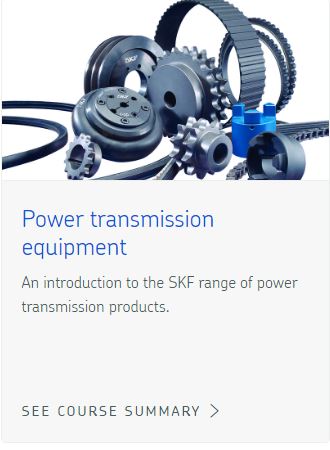WE290 Power Transmission – Application, Assembly and Maintenance
Course Overview Power Transmission components are vital elements in a rotating machinery system and require the same attention to detail as bearings and seals to achieve optimum life. Aspects of power transmission reliability include inspection, monitoring, correct assembly, and system optimisation to achieve maximum life. This course shows the way to assemble and maintain power transmission components: belts, chains, and couplings.
Description
This course will focus on the installation, maintenance, troubleshooting and repair of the most common types of Power Transmission components: Belts, Chains and Couplings.
• Principles and functions of mechanical drives and mechanical transmission components
• Install and adjust mechanical drives and transmission assemblies
• Use of appropriate maintenance principles, techniques, tools and equipment to ensure drives/transmission components are tensioned, aligned, balanced and/or adjusted to manufacturers’ and/or site specifications
• Fault Diagnosis and preventative measures to avoid re-occurrence
• Repair and Troubleshoot mechanical drives/transmission assemblies
Key Learning Outcomes
• Learn the operating principles of a range of mechanical drives and transmissions
• Understand techniques, tools and equipment to measure components
• Learn to recognise common malfunctions in mechanical drives, transmissions and their components
• Learn procedures for installing, checking and adjusting mechanical drives
• Learn preventive and proactive measures that can be undertaken to avoid recurrence of the fault/ failure
• Undertake appropriate testing and diagnoses of power transmission systems
Who Should Attend
- Machinery Designers
- Mechanical Draftspersons
- Reliability Engineers
- Maintenance Engineers and Technicians
- Consultants
